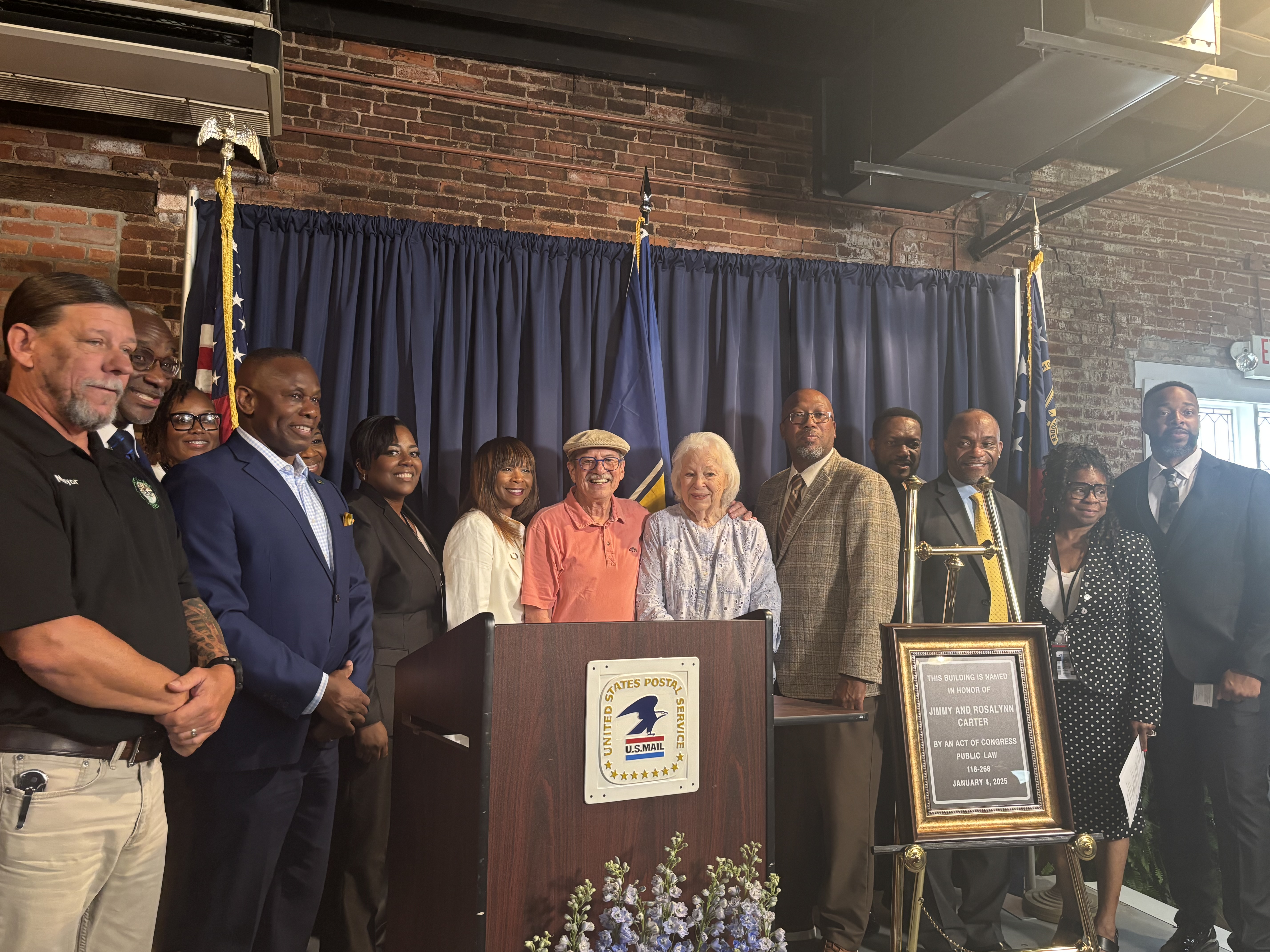Mitzi Parker: Tips to make your home more energy efficient
Published 2:00 pm Tuesday, February 16, 2016
It’s cold outside and will be hot before you know it! Now is the perfect time to make your home more energy efficient. Invest some of your energy and you can help ensure that your family stays warm and comfortable when it’s cold outside and cool when temperatures start to warm back up. I’d like to share five relatively inexpensive (and easy!) projects you can do to make your home tighter and more energy efficient.
• Seal the cracks and crevices inside and outside your home. Pay particular attention to holes around cables, plumbing pipes and electrical boxes, as well as those spots around windows and doors where siding or bricks and wood trim meet. Use expandable foam-sealant products around doors and windows then finish off with caulking. Make sure all products are low in volatile organic compounds (VOC), so you don’t add additional contaminants to your indoor environment.
• Replace the HVAC filters and clean air registers, baseboard heaters and radiators. A dirty filter slows down air flow and makes the system work harder to keep you warm or cool, wasting energy and costing you money.
• Install a programmable thermostat. By programming your thermostat to lower your home air temperature when no one is home (say, from 72 degrees to 65 degrees during the day), you can save as much as 10 percent on your heating costs.
• Seal the ducts that run through your attic, crawlspace, garage and unheated basement. More than likely, thanks to leaky ductwork, you are heating the attic and basement and wasting energy. That is because small cracks or holes in the ducts leak warm, conditioned air into the unheated spaces through which the ducts travel. Check your ducts for leaks, and use duct sealant (mastic) or metal-backed (foil) tape to seal the seams and connections.
• Insulate your water heater. If you have not insulated your water heater, you may be losing heat into the surrounding area, which in turn will make the water heater work overtime to keep the water hot. If you have an electric water heater then you can probably insulate the tank yourself with a pre-cut jacket or blanket. For gas and oil-fired water heaters it is usually advisable to have a qualified plumbing and heating contractor add the insulation. Set the thermostat to 120 degrees F.
I hope these five tips will help you keep your energy costs down and keep you warm during the winter and cool during the summer months!
Mitzi Parker is Sumter County Extension agent/Family and Consumer Sciences.





